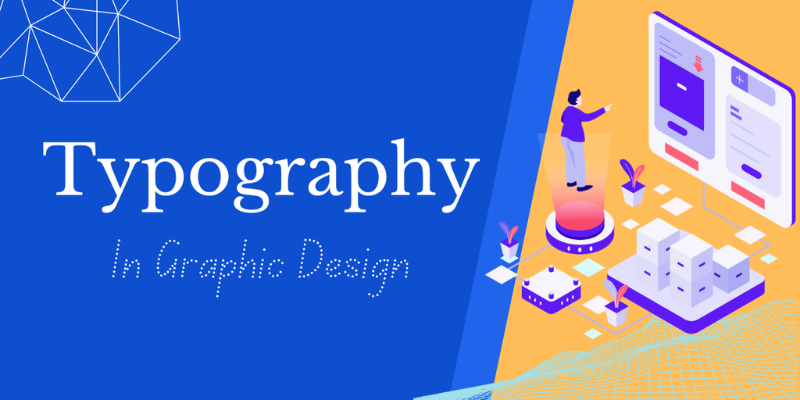
Typography is a key component in graphic design. It involves the arrangement of type to create written material that is clear, readable, and visually appealing. Typography is essential in conveying a message, evoking emotions, and establishing a brand identity. Engaging in Graphic Design Courses in Chennai at FITA Academy can deepen your understanding of the typographical design process. It is an essential tool for designers to communicate with their audience effectively. In this blog post, we’ll explore the meaning of typography in graphic design, the history of typography, and its significance in today’s design industry.
What is Typography?
Typography is the art of arranging type to make written language easy to read, visually appealing and understandable. This includes selecting the appropriate typefaces, font sizes, line lengths, and letter spacing, among other elements. Typography is an essential component of graphic design, which aims to create visually attractive and informative designs. The ultimate goal of typography is to convey a message in the most effective way possible.
Significance of Typography in Graphic Design
Typography plays a crucial role in graphic design, as it helps to convey a message, evoke emotions, and create a brand identity. It is an essential tool for designers to communicate with their audience effectively. The choice of typeface, font size, color, and spacing can significantly impact a design’s readability and visual appeal. Engaging in a Graphic Design Online Course can deepen your understanding of the typographical design process. Depending on the typeface and other design elements used, typography can also convey different emotions, such as elegance, playfulness, or seriousness.
Tips for Using Typography in Graphic Design
Here are some tips for using typography effectively in your graphic design projects:
- Choose the suitable typeface: Select one that fits your design’s message and tone. Consider readability, legibility, and the feelings you intend to elicit.
- Use hierarchy: Hierarchy refers to arranging design elements in order of importance. Use a hierarchy of type sizes, weights, and colours to guide the viewer’s eye and communicate the message effectively.
- Consider the spacing: The spacing between letters, words, and lines can impact a design’s readability and visual appeal. Use appropriate spacing to create a harmonious and balanced design.
- Experiment with color: Color can enhance the meaning and emotions of design. Experiment with different color combinations to create a unique and memorable design.